What is traction? How does traction therapy work?
Last updated 27/12/2023 by The pain clinics - Interdisciplinary Health
What is traction? How does traction therapy work?
Traction is a form of treatment where manual or mechanical traction is used to relieve facet joints and intervertebral discs. Traction treatment is used regularly against lumbago og neck prolapse. It is a conservative treatment method that can provide both symptom relief and functional improvement.
Traction treatment of the neck
Traction of the head and neck can help the patient remove pressure from the irritated facet joint or the irritated nerve root. It may not always work well for everyone, but it is recommended to try. A musculoskeletal expert (physical therapist, chiropractor, manual therapist) can perform traction therapy and instruct you in light traction home exercises both without and with custom traction equipment.
Events: There are also customized traction pads og home traction equipment (click here to read more).
How does neck traction work in the treatment of neck prolapse?
Theoretically, it works by that traction gives more distance between the neck vertebrae, especially intervertebral foramen, this thus removing the pressure from the affected nerve root.
In the picture you see one nerve root that is pinched due to a prolapse (Skiveprotrusjon). The theory is that by taking the pressure away from the affected nerve root, the nerve pain will be relieved and the disc also has a better chance of healing itself.
What is traction?
Traction is a treatment technique in which the patient is treated with manual pressure or with mechanical pull. In the treatment, temperature differences are used to stimulate blood circulation and other responses in the body. Hot water pool training is a form of hydrotherapy that is excellent for adapted training - the water means that there is less strain and exposed training positions.
Research: Does neck traction against neck prolapse symptoms work?
Cervical traction (including using home traction devices) can reduce nerve pain and radiculopathy symptoms (Levine et al, 1996 - Rhee et al, 2007)1,2. Research has also shown that traction therapy is most effective when the initial acute muscular pain has subsided - and that it should not be used on people with signs of myelopathy.
A Cochrane review study (Graham et al, 2008) concluded that there is a lack of evidence for the use of mechanical traction on chronic neck pain with or without radiculopathy.3 This does not mean that it is not effective, but only that at the time the study was done, there were not enough good studies that could either prove or disprove the effect.
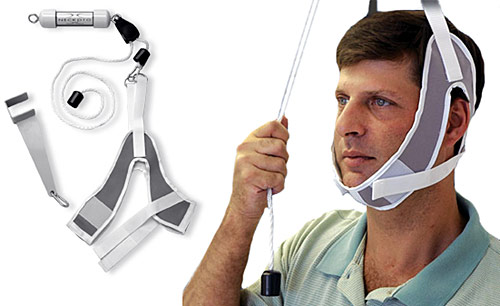
Home Traction Device - Photo Rmart. Read more about it here .
Here is another example of a home traction device:
- Body Sport Home Traction (click here to read more or order the product)
This works in a slightly different way, but is said to be just as effective. The mentioned model is recommended by both doctors and chiropractors.
After questions addressed to us if this is sent to Norway - it does.
What is the difference between manual and mechanical traction?
Manual traction is performed by a clinician (physiotherapist, chiropractor or manual therapist) with his hands. This is done at intervals where the head is lifted with the intention of removing compression of affected nerve roots or irritated facet joints.
Mechanical traction performed by a machine made specifically for that purpose. It is common to use a weight between 3.5 - 5.5 kg on a neck in approximately 24 degree flexion, in 15- to 20-minute intervals.2
- What is a trigger point?
A trigger point, or muscle node, occurs when muscle fibers have departed from their normal orientation and regularly contract into a more knot-like formation. You may think of it as if you have several strands lying in a row next to each other, nicely assorted, but when placed crosswise you are closer to a visual image of a muscle knot. This may be due to a sudden overload, but most normally it is due to gradual failure over an extended period of time. A muscle becomes painful, or symptomatic, when the dysfunction becomes so severe that it becomes pain. In other words, it's time to do something about it.
Also read: - Muscle pain? This is why!
Also read: Ginger for muscle pain?
Also read: What is dry needling?
Also read: Infrared light therapy - can it help me fight my pain?
Sources:
1. Levine MJ, Albert TJ, Smith MD. Cervical radiculopathy: diagnosis and nonoperative management. J Am Acad Orthop Surg. 1996;4(6):305–316.
2. Rhee JM, Yoon T, Riew KD. Cervical radiculopathy. J Am Acad Orthop Surg. 2007;15(8):486–494.
3. Graham N, Gross A, Goldsmith CH, et al. Mechanical traction for neck pain with or without radiculopathy. Cochrane Database Sys Rev. 2008; (3): CD006408.


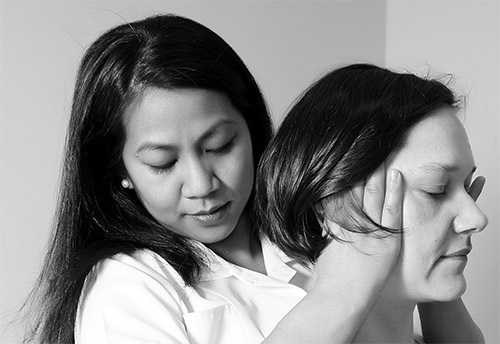
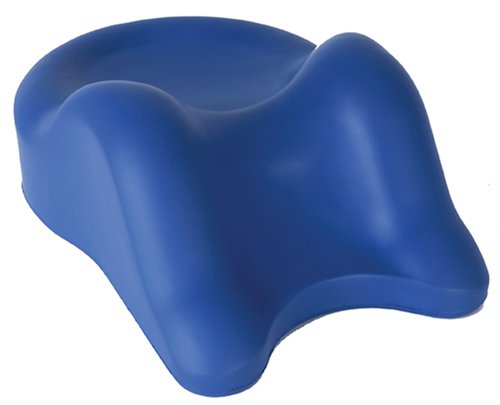
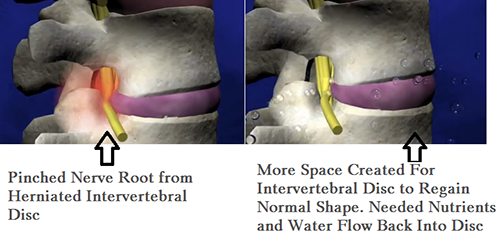
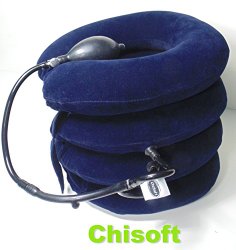



Leave a reply
Want to join the discussion?Feel free to Contribute!